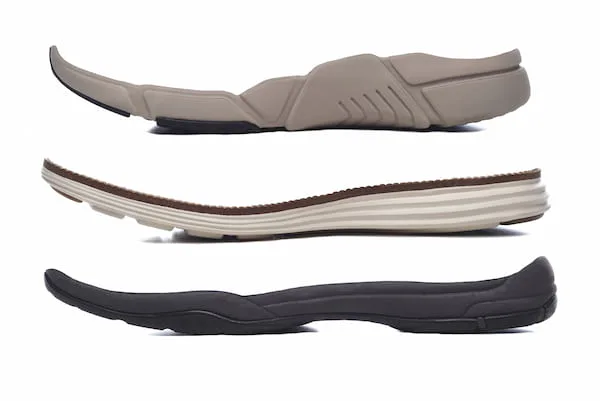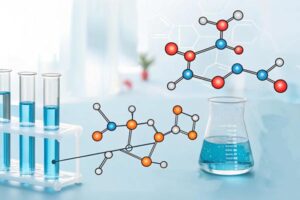Shoes are an essential part of our everyday lives, but their durability can often be compromised by a process called hydrolysis. In this article, we will explore the causes of hydrolysis, its impact on different parts of shoes, and most importantly, how to prevent it to ensure longer-lasting footwear.

What is Hydrolysis?
hydrolysis is a chemical process involving the breakdown of compounds or materials through the introduction of water molecules. In shoes, it can lead to degradation and reduced performance, making it important to address this issue to ensure the longevity and functionality of footwear.
Where Hydrolysis Occurs
Hydrolysis tends to affect specific areas of shoes, including the midsole, outsole, and the adhesive joints that hold various parts together. These areas are more vulnerable to the breakdown caused by exposure to moisture and other environmental factors.
Causes of Hydrolysis
Hydrolysis occurs when the materials used in shoes react with water, causing them to weaken and deteriorate over time. This process is accelerated by temperature fluctuations, sweat, and humidity. The breakdown of materials like EVA foam, PU midsoles, rubber outsoles, and non-resistant adhesives can lead to a decrease in shoe performance and overall lifespan.
Vulnerable Materials
Several common materials used in shoes are particularly susceptible to hydrolysis. EVA foam, PU midsoles, and rubber outsoles are often used for their comfort and support, but they can degrade when exposed to moisture. Additionally, adhesives that lack water-resistant properties can contribute to the problem by not holding the shoe components together effectively.
Solutions: Anti-Hydrolysis Agents
The good news is that there are ways to prevent hydrolysis and extend the life of your shoes. Anti-hydrolysis agents are protective additives that can be incorporated into shoe materials to make them more resistant to water-related damage. These agents come in different types. For PU materials, HyMax 1010 and HyMax 220 are effective additives to solve the hydrolysis problem. If you use water-based PU as an adhesive material, HyMax CA series products are also suitable.
How to Apply Anti-Hydrolysis Agents
Anti-hydrolysis agents can be mixed into shoe materials during the manufacturing process. Different agents can be suitable for various types of shoes, from running shoes to hiking boots. While adding these agents might slightly impact production costs, the benefits of increased shoe lifespan and performance outweigh the investment.
Conclusion
In conclusion, preventing hydrolysis in shoes is crucial for maintaining their performance and extending their lifespan. By understanding where hydrolysis occurs, its causes, and the materials involved, we can make more qualified shoes to satisfy the consumers. Shoe manufacturers also play a pivotal role by incorporating anti-hydrolysis agents into their production processes. Together, we can ensure that our shoes withstand the challenges of moisture and time, giving us longer-lasting, reliable footwear.






